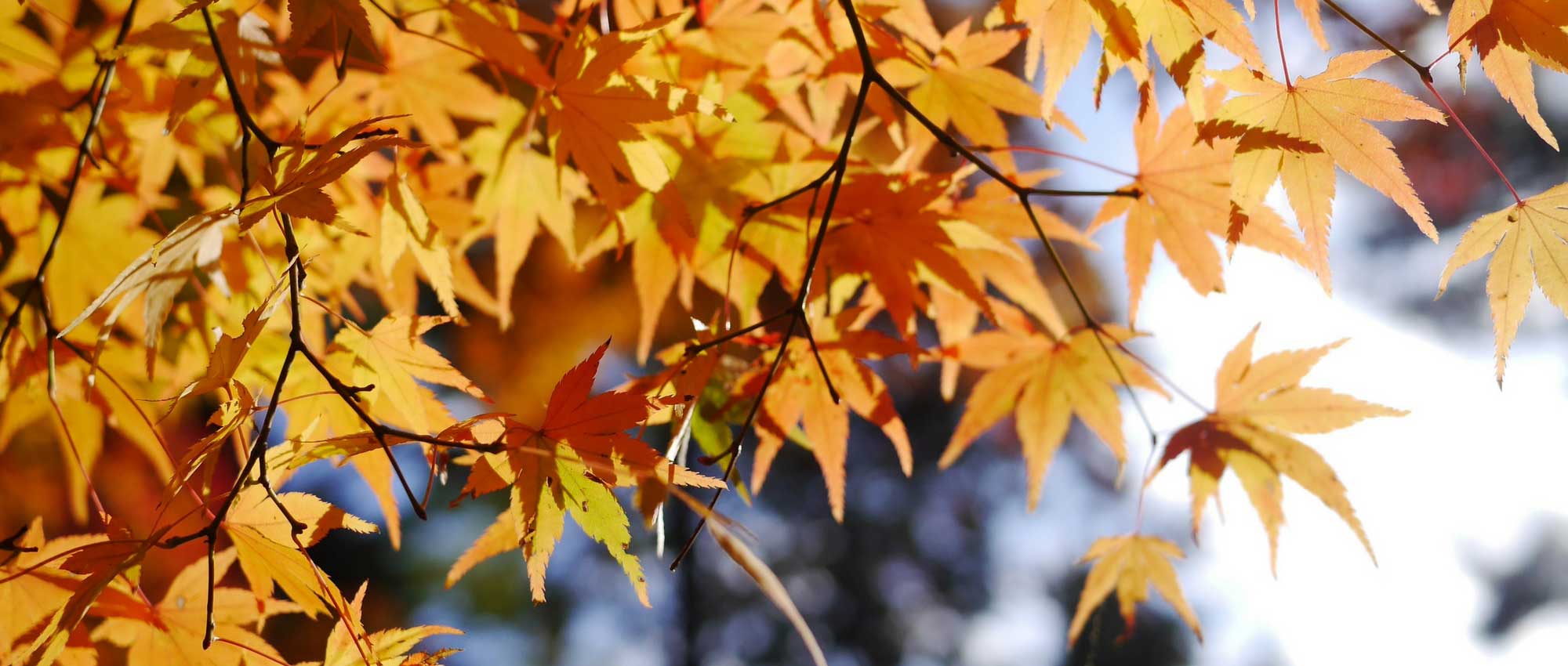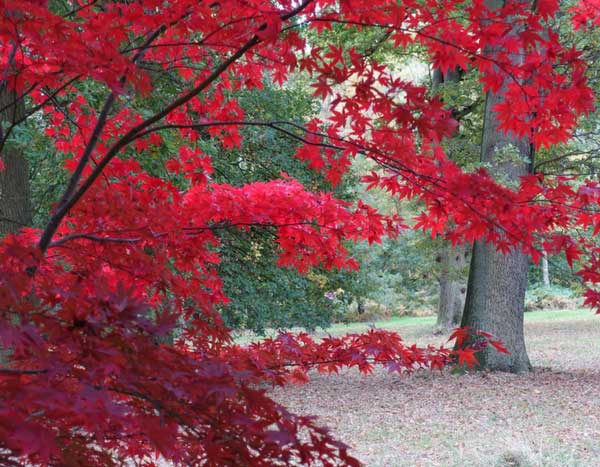

Acer palmatum Phoenix - Japanese Maple


Acer palmatum Phoenix - Japanese Maple


Acer palmatum Phoenix - Japanese Maple
Acer palmatum Phoenix - Japanese Maple
Acer palmatum Phoenix
Japanese Maple, Palmate Maple
Hello, I've had it since 2019 in a large pot, it's doing well and it's a good size. Today, it has little buds and I'm happy with my purchase. Thank you, Promesse de Fleurs.
Evelyne, 09/03/2023
Special offer!
Receive a €20 voucher for any order over €90 (excluding delivery costs, credit notes, and plastic-free options)!
1- Add your favorite plants to your cart.
2- Once you have reached €90, confirm your order (you can even choose the delivery date!).
3- As soon as your order is shipped, you will receive an email containing your voucher code, valid for 3 months (90 days).
Your voucher is unique and can only be used once, for any order with a minimum value of €20, excluding delivery costs.
Can be combined with other current offers, non-divisible and non-refundable.
Home or relay delivery (depending on size and destination)
Schedule delivery date,
and select date in basket
This plant carries a 24 months recovery warranty
More information
We guarantee the quality of our plants for a full growing cycle, and will replace at our expense any plant that fails to recover under normal climatic and planting conditions.

Would this plant suit my garden?
Set up your Plantfit profile →
Description
The 'Phoenix' Japanese Maple is a spectacular variety thanks to its finely cut foliage with fiery colours all year round! It stands out with its fine, upright and dense branches that bear young stems with blood-red bark, adding a real asset to the garden in winter. Its deciduous leaves burst with a very bright reddish vermilion that temporarily turns light green in summer before taking on flamboyant shades of yellow-orange and red in autumn. With its small size, it is well suited for small spaces, especially in containers or as a border on a terrace. Hardy and more tolerant of heat and sun, simply plant it in well-drained and moist soil.
The Acer palmatum is native to eastern China, Korea, and Japan. Like all maples, it belongs to the aceraceae family. The 'Phoenix' cultivar stands out with its vibrant leaf and young stem colours. It is a small, hardy tree with slow growth, upright and bushy in habit, developing a thin and short trunk with a dense and branched crown. Eventually, it will reach a height of 3m (9 ft 10 in) with a spread of about 1.50m, depending on the growing conditions. Its deciduous foliage is composed of deeply cut palmate leaves with 7 to 9 distinct, narrow and long lobes, finely serrated along the edges. The insignificant flowers are grouped in small clusters in April and the fruits with red curved wings embellish the garden until they fall in autumn.
The 'Phoenix' Acer palmatum will be beautiful planted as a solitary tree on a shaded lawn or in ericaceous beds alongside azaleas, pieris, rhododendrons, hydrangeas, and heathers. It can also be trained into a beautiful bonsai. In a shaded flower bed, plant early-flowering bulbs, hellebores, hostas, and epimediums at its base. Despite its delicate appearance, this small tree is hardy, as evidenced by some specimens grown in large pots for many years. It only requires light and well-drained soil, not too poor, preferably acidic to neutral, and occasional watering during dry periods. Diseases like Verticillium (caused by a fungus) are more likely to develop in constantly moist soils than in intermittently dry ones. Note that this variety performs well in hot climates if the tree is placed away from the scorching sun and sheltered from the wind.
Acer palmatum Phoenix - Japanese Maple in pictures


Plant habit
Flowering
Foliage
Botanical data
Acer
palmatum
Phoenix
Aceraceae
Japanese Maple, Palmate Maple
Cultivar or hybrid
Other Japanese Maples
View all →Planting and care
Acer palmatum can be planted in spring or autumn in a preferably acidic, moist but not wet, deep, flexible and well-drained soil, in a semi-shaded or shaded position, sheltered from cold and dry winds. This Japanese maple is one of the few that can tolerate dry air and adapts well to light soils that are occasionally dry in summer, especially in hot climates. The Verticillium disease, which affects many Japanese maples, will develop less easily in substrates that dry out between waterings, which this variety tolerates very well. Apply a significant amount of organic matter every 3 years to ensure a good humus content in the soil. Mulch the soil if necessary and spray the foliage in the evenings during hot weather. Winter pruning is limited to balancing the branches. Treat against scale insects and Verticillium.
Planting period
Intended location
Care
Planting & care advice
-
, onOrder confirmed
Reply from on Promesse de fleurs
Similar products
Haven't found what you were looking for?
Hardiness is the lowest winter temperature a plant can endure without suffering serious damage or even dying. However, hardiness is affected by location (a sheltered area, such as a patio), protection (winter cover) and soil type (hardiness is improved by well-drained soil).

Photo Sharing Terms & Conditions
In order to encourage gardeners to interact and share their experiences, Promesse de fleurs offers various media enabling content to be uploaded onto its Site - in particular via the ‘Photo sharing’ module.
The User agrees to refrain from:
- Posting any content that is illegal, prejudicial, insulting, racist, inciteful to hatred, revisionist, contrary to public decency, that infringes on privacy or on the privacy rights of third parties, in particular the publicity rights of persons and goods, intellectual property rights, or the right to privacy.
- Submitting content on behalf of a third party;
- Impersonate the identity of a third party and/or publish any personal information about a third party;
In general, the User undertakes to refrain from any unethical behaviour.
All Content (in particular text, comments, files, images, photos, videos, creative works, etc.), which may be subject to property or intellectual property rights, image or other private rights, shall remain the property of the User, subject to the limited rights granted by the terms of the licence granted by Promesse de fleurs as stated below. Users are at liberty to publish or not to publish such Content on the Site, notably via the ‘Photo Sharing’ facility, and accept that this Content shall be made public and freely accessible, notably on the Internet.
Users further acknowledge, undertake to have ,and guarantee that they hold all necessary rights and permissions to publish such material on the Site, in particular with regard to the legislation in force pertaining to any privacy, property, intellectual property, image, or contractual rights, or rights of any other nature. By publishing such Content on the Site, Users acknowledge accepting full liability as publishers of the Content within the meaning of the law, and grant Promesse de fleurs, free of charge, an inclusive, worldwide licence for the said Content for the entire duration of its publication, including all reproduction, representation, up/downloading, displaying, performing, transmission, and storage rights.
Users also grant permission for their name to be linked to the Content and accept that this link may not always be made available.
By engaging in posting material, Users consent to their Content becoming automatically accessible on the Internet, in particular on other sites and/or blogs and/or web pages of the Promesse de fleurs site, including in particular social pages and the Promesse de fleurs catalogue.
Users may secure the removal of entrusted content free of charge by issuing a simple request via our contact form.
The flowering period indicated on our website applies to countries and regions located in USDA zone 8 (France, the United Kingdom, Ireland, the Netherlands, etc.)
It will vary according to where you live:
- In zones 9 to 10 (Italy, Spain, Greece, etc.), flowering will occur about 2 to 4 weeks earlier.
- In zones 6 to 7 (Germany, Poland, Slovenia, and lower mountainous regions), flowering will be delayed by 2 to 3 weeks.
- In zone 5 (Central Europe, Scandinavia), blooming will be delayed by 3 to 5 weeks.
In temperate climates, pruning of spring-flowering shrubs (forsythia, spireas, etc.) should be done just after flowering.
Pruning of summer-flowering shrubs (Indian Lilac, Perovskia, etc.) can be done in winter or spring.
In cold regions as well as with frost-sensitive plants, avoid pruning too early when severe frosts may still occur.
The planting period indicated on our website applies to countries and regions located in USDA zone 8 (France, United Kingdom, Ireland, Netherlands).
It will vary according to where you live:
- In Mediterranean zones (Marseille, Madrid, Milan, etc.), autumn and winter are the best planting periods.
- In continental zones (Strasbourg, Munich, Vienna, etc.), delay planting by 2 to 3 weeks in spring and bring it forward by 2 to 4 weeks in autumn.
- In mountainous regions (the Alps, Pyrenees, Carpathians, etc.), it is best to plant in late spring (May-June) or late summer (August-September).
The harvesting period indicated on our website applies to countries and regions in USDA zone 8 (France, England, Ireland, the Netherlands).
In colder areas (Scandinavia, Poland, Austria...) fruit and vegetable harvests are likely to be delayed by 3-4 weeks.
In warmer areas (Italy, Spain, Greece, etc.), harvesting will probably take place earlier, depending on weather conditions.
The sowing periods indicated on our website apply to countries and regions within USDA Zone 8 (France, UK, Ireland, Netherlands).
In colder areas (Scandinavia, Poland, Austria...), delay any outdoor sowing by 3-4 weeks, or sow under glass.
In warmer climes (Italy, Spain, Greece, etc.), bring outdoor sowing forward by a few weeks.



























































